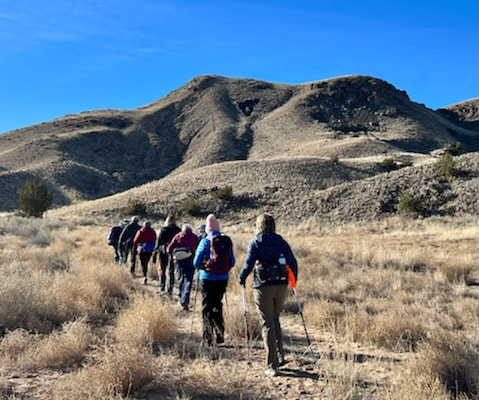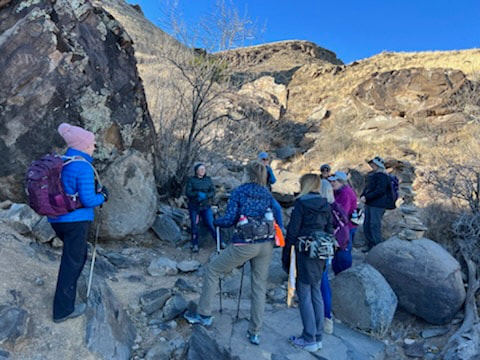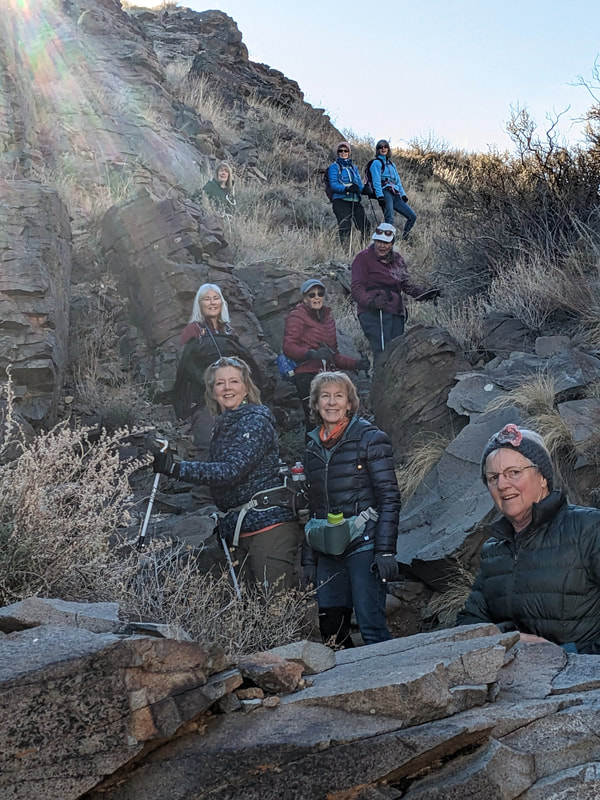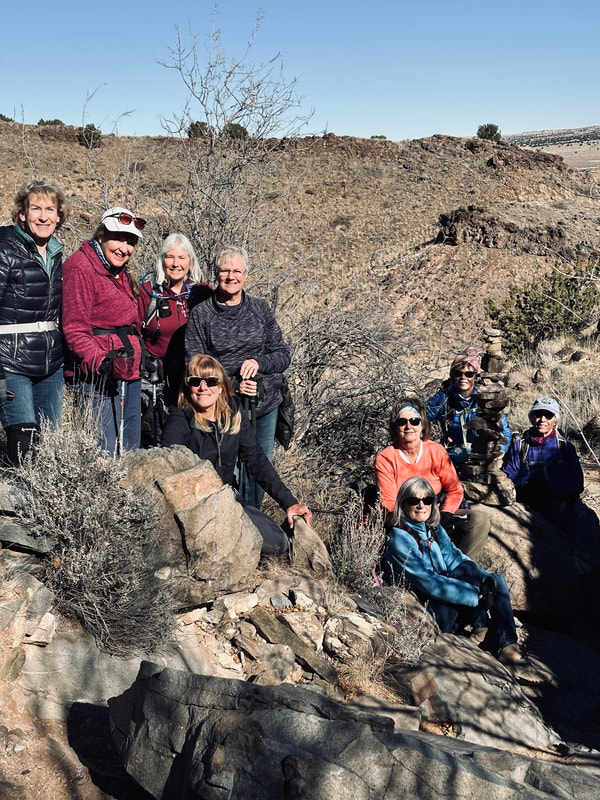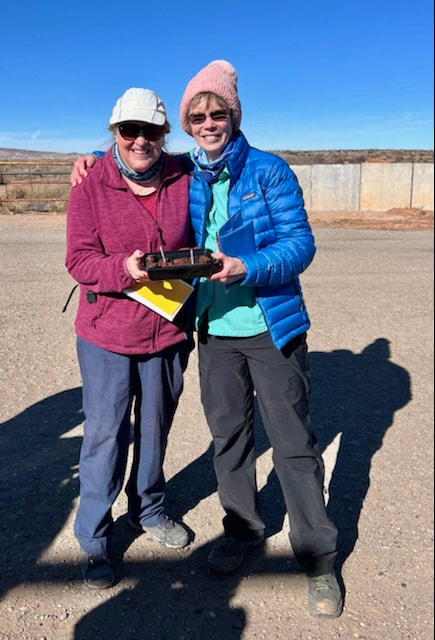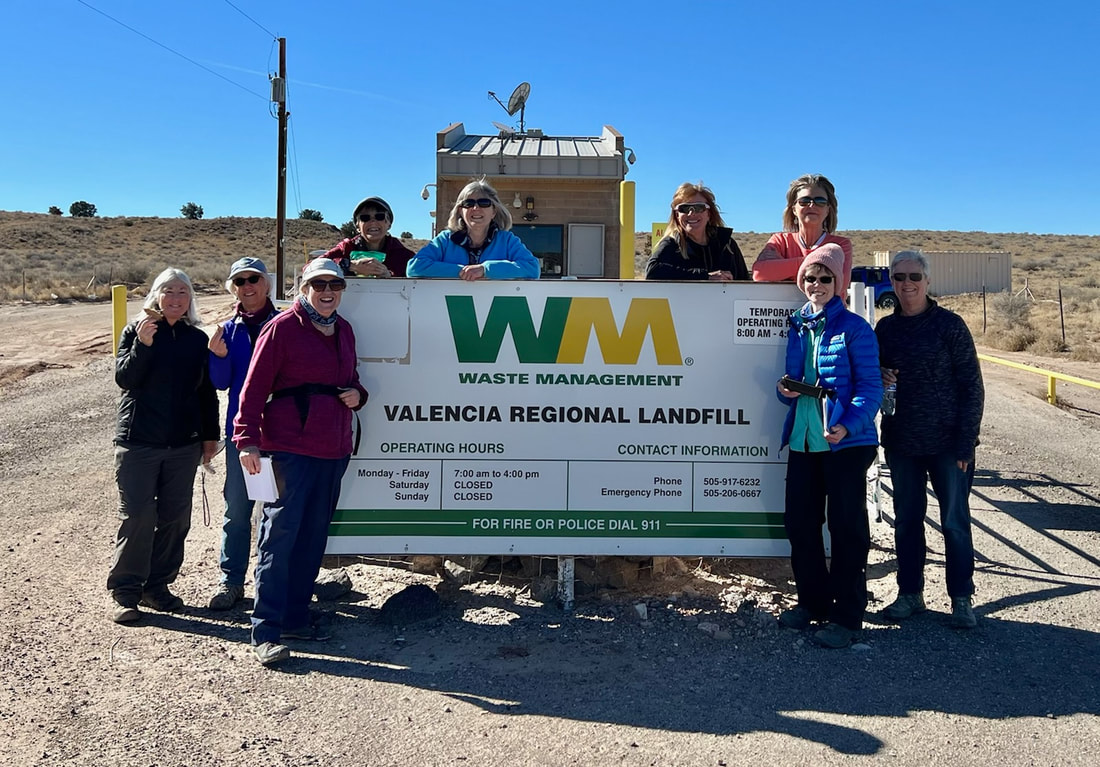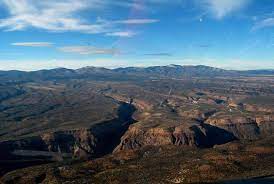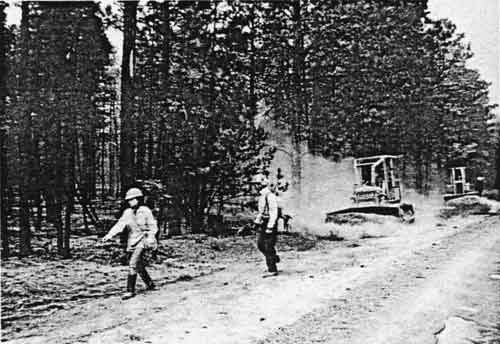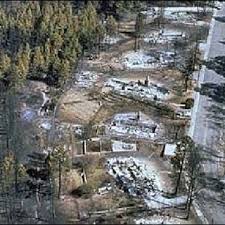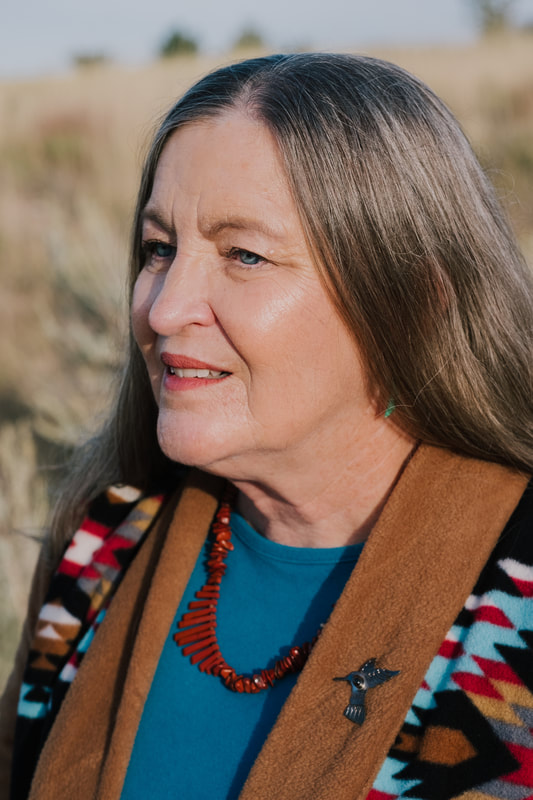
For Hec Anderson, a geeky sixth grader, is so inept when it comes to love that he feels like a sci-fi visitor abandoned on an alien world. All of Hec's confusion reaches a crisis point when the girl of his dreams moves to town and he must challenge the most popular boy in school for her attention at the school dance.
When Hec learns that Sandy loves polka dots, he decides that M&Ms are the way to her heart. Sandy reciprocates, giving Hec a bag of M&M-studded cookies, which he resolves to keep forever. Forever ends up being a very short period of time, and the cookies end up being eaten: by whom, I won't tell you. But if you'd like some of your own to eat, here's a recipe.
Polka Dot Cookies
1/2 cup butter, at room temperature
1/2 cup shortening
2 tsp vanilla
1 egg
1 3/4 cup flour
1 tsp baking soda
1/2 tsp salt
1 cup candy-coated chocolate pieces
Heat oven to 350°
In a large bowl, beat brown sugar, butter and shortening until light and fluffy.
Add vanilla and egg and blend well.
Stir in flour, baking soda and salt.
Stir in chocolate pieces.
Cover with plastic wrap and refrigerate for easier handling.
Shape into 2" balls and place 4" apart on an ungreased cookie sheet.
You can press an additional 1/2 cup candy into balls to decorate tops of cookies.
Bake for 15-20 minutes, or until light golden brown. Cool 2 minutes before removing from sheets and placing on a cooling rack. Makes 14 large cookies


